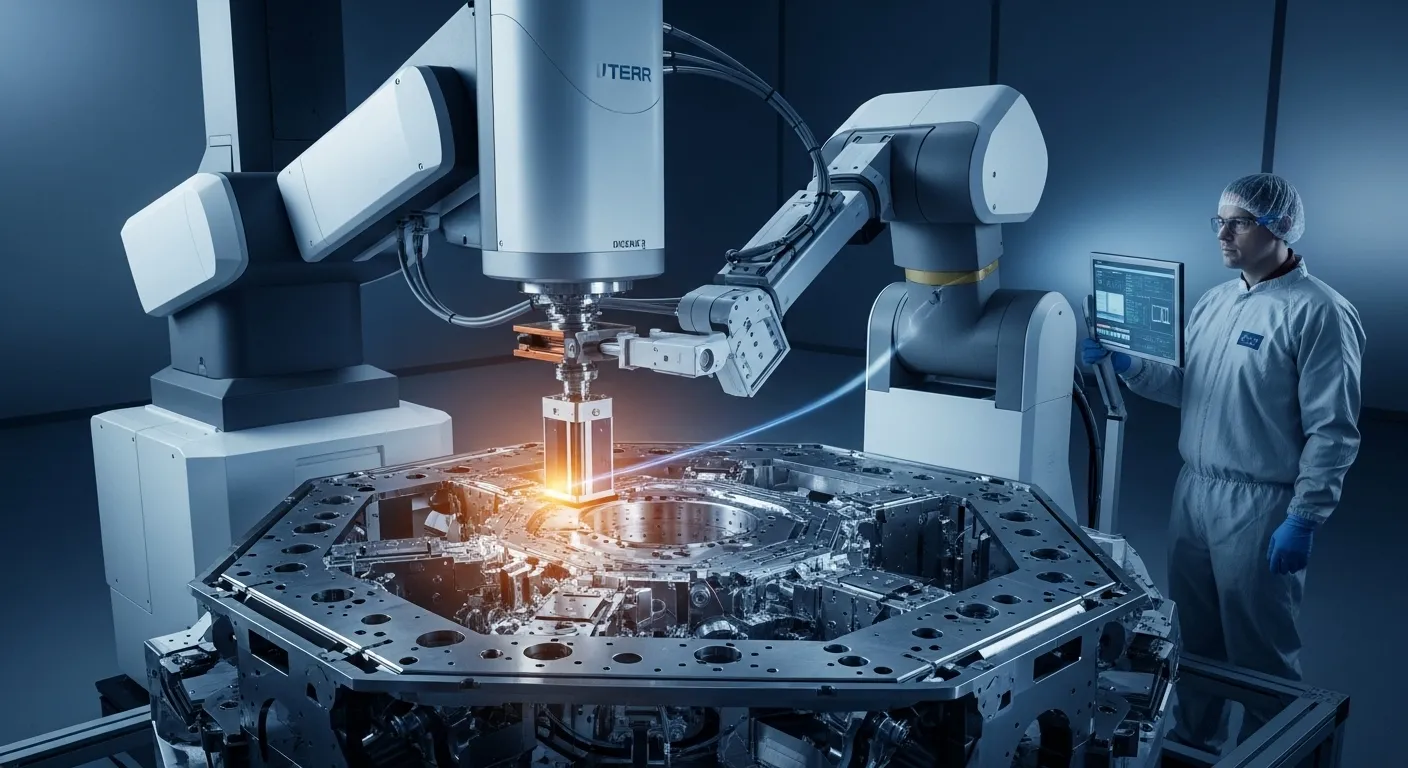Russian SMT Equipment Captures Domestic Market with Major Export Potential
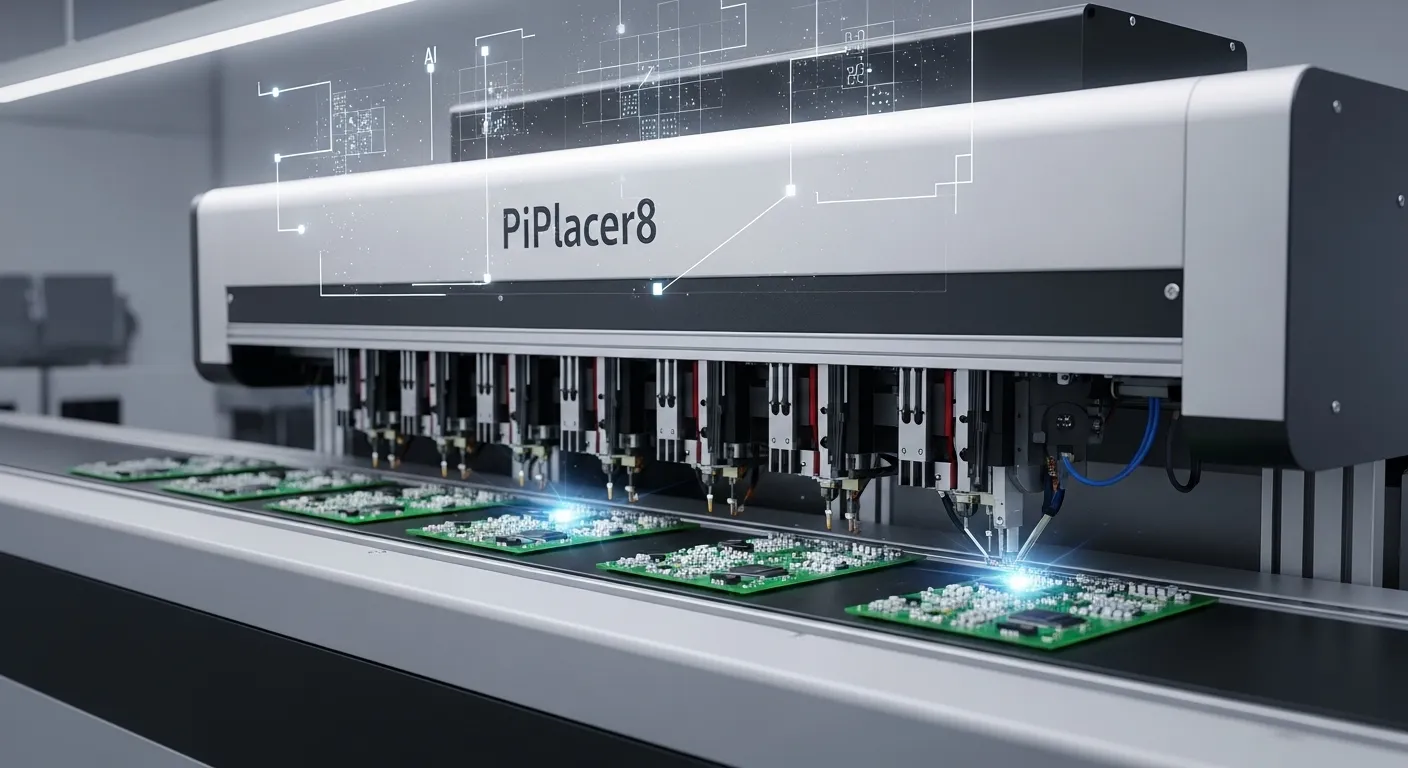
With serial production of the PiPlacer8 now underway, Russia is taking a decisive step toward technological sovereignty in electronics manufacturing and import substitution
New Technological Breakthrough
Russian firm Expert Group, backed by the Skolkovo Foundation, has launched serial production of the PiPlacer8 automatic SMD‑component placer for printed‑circuit‑board assembly. Engineered to meet today’s demands for digitalization and automation in electronics manufacturing, the PiPlacer8 is positioned as a full replacement for imported equipment.
The new machines boast a placement accuracy of ± 35 µm and can handle up to 15 000 components per hour. They accommodate parts ranging from tiny 0201 chips to large 40 × 40 mm elements, with eight independent nozzles and 80 slots for 8 mm feeders. A built‑in machine‑vision error‑checking system ensures high yield rates, while specialized software—customized for Russian enterprises—integrates seamlessly with both domestic and global MES/ERP platforms, simplifying deployment on existing production lines.
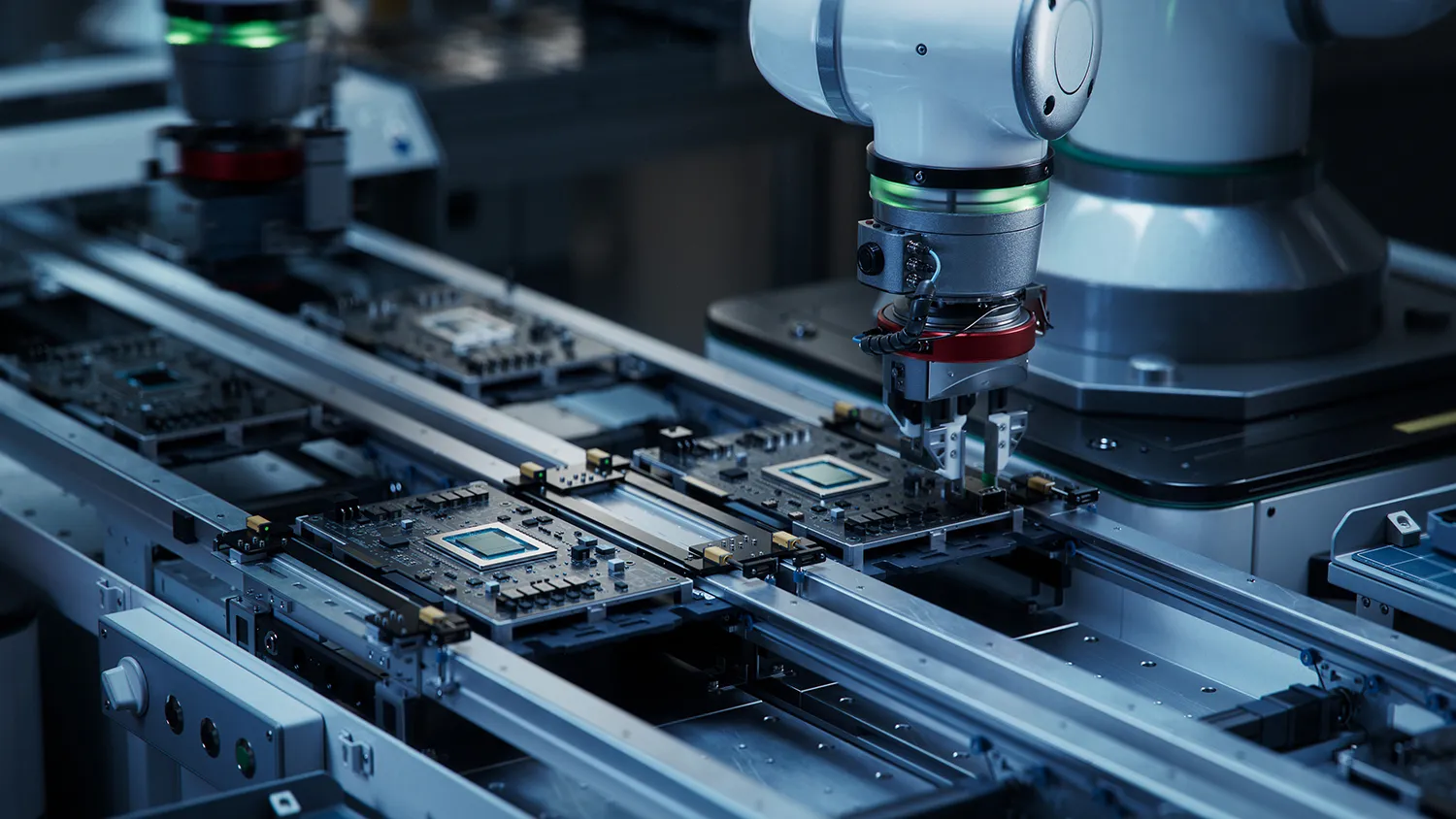
Surpassing Foreign Competitors
Until recently, Russia’s SMT market was dominated by overseas brands. The PiPlacer8 directly challenges top models such as Germany’s Fritsch 620, South Korea’s Hanwha SM481, and France’s Europlacer IINEO II. Thanks to its competitive performance and pricing, the PiPlacer8 offers domestic manufacturers a reliable alternative amid import restrictions. Initial trials at facilities including JSC NKB VS, JSC GMZ Khimmash, JSC NVP Protek, and LLC Trimbirt have validated the system’s capabilities.
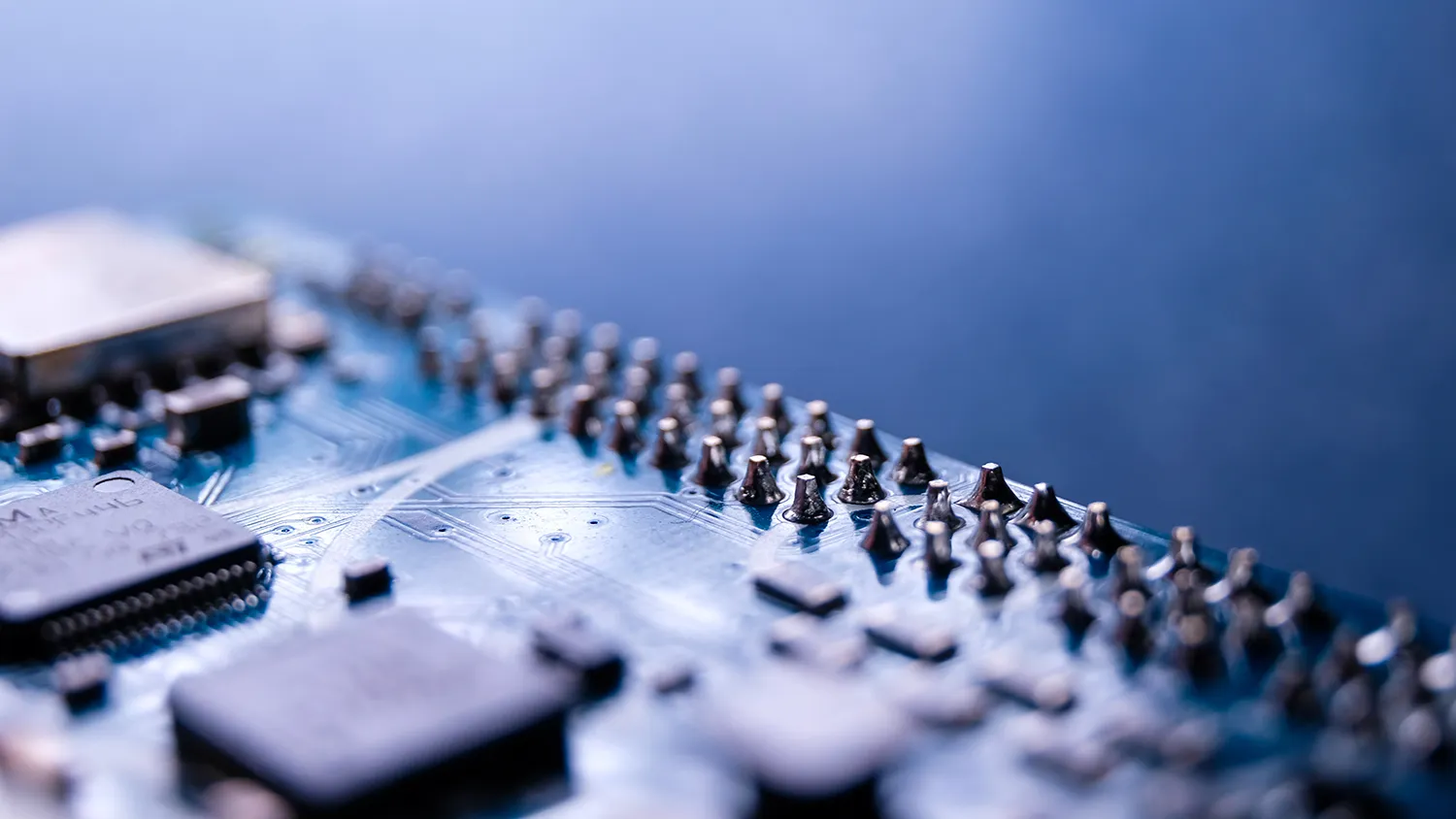
Strengthening Russia’s Position and Export Outlook
By localizing SMT‑equipment production, Russia reduces the risk of component shortages during economic crises or geopolitical tensions. Between 2025 and 2027, PiPlacer8 installations are set to ramp up across Russian factories, with annual output expected to reach 6 million square decimeters by 2027. Fully compliant with international digitalization standards, the PiPlacer8 is poised to compete globally on both cost and technical grounds.
Long term, Expert Group’s strategy could give rise to a self‑sustaining Russian SMT ecosystem. As the technology becomes accessible to small businesses, research labs, and startups, it will foster innovation and high‑tech exports.
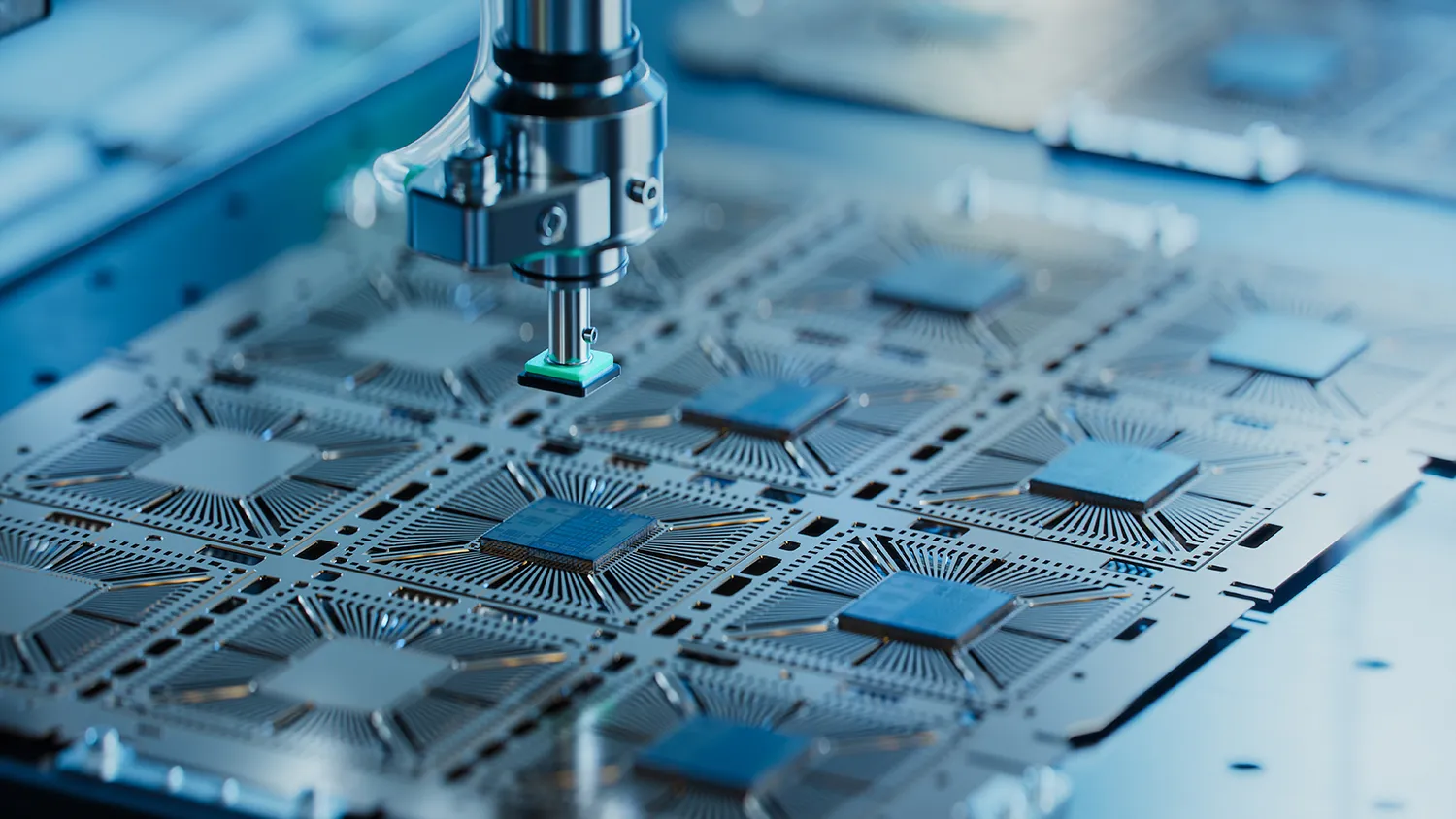
Ultimately, the PiPlacer8 initiative not only furthers Russia’s import‑substitution goals but also lays the groundwork for resilient, locally driven growth in the global electronics industry.






































